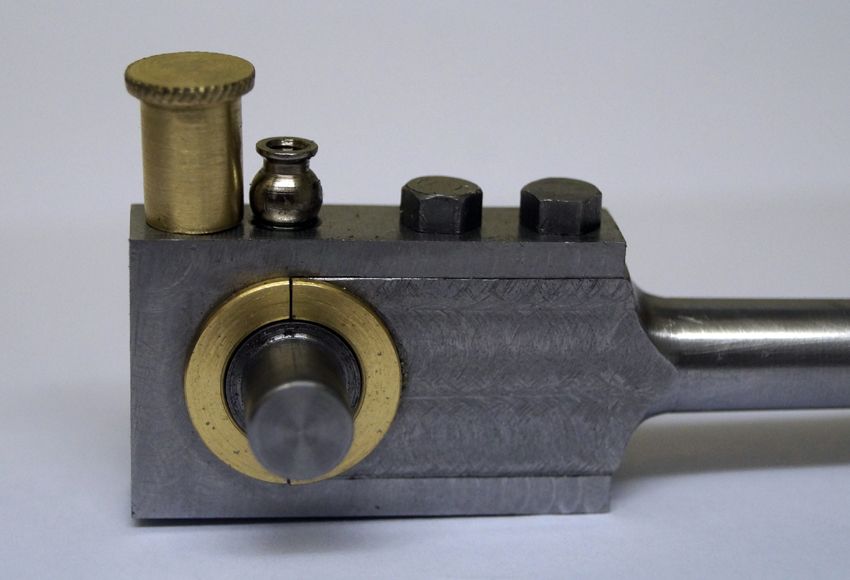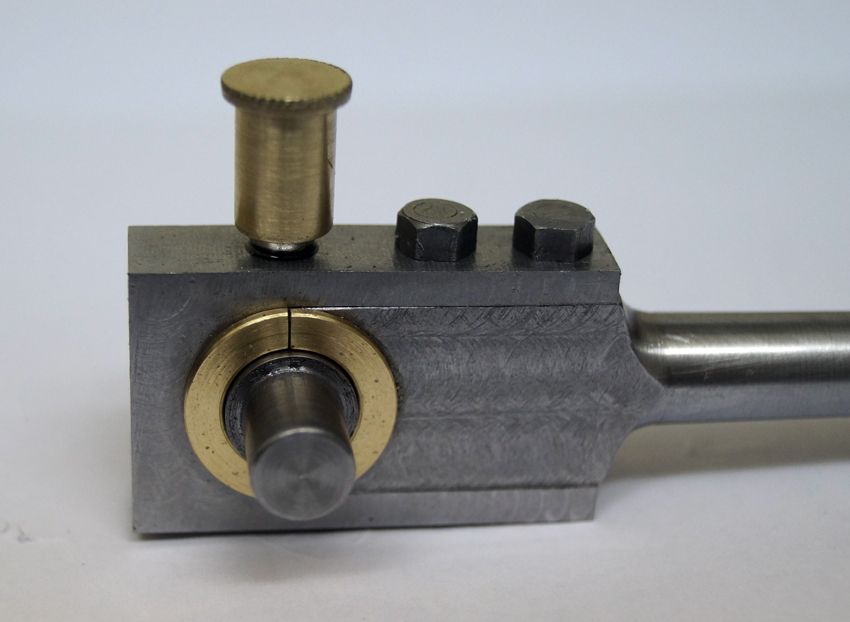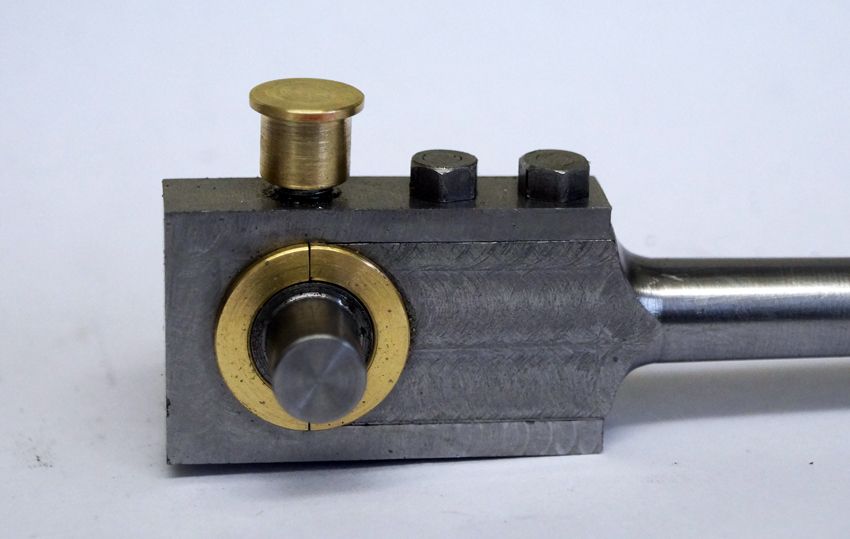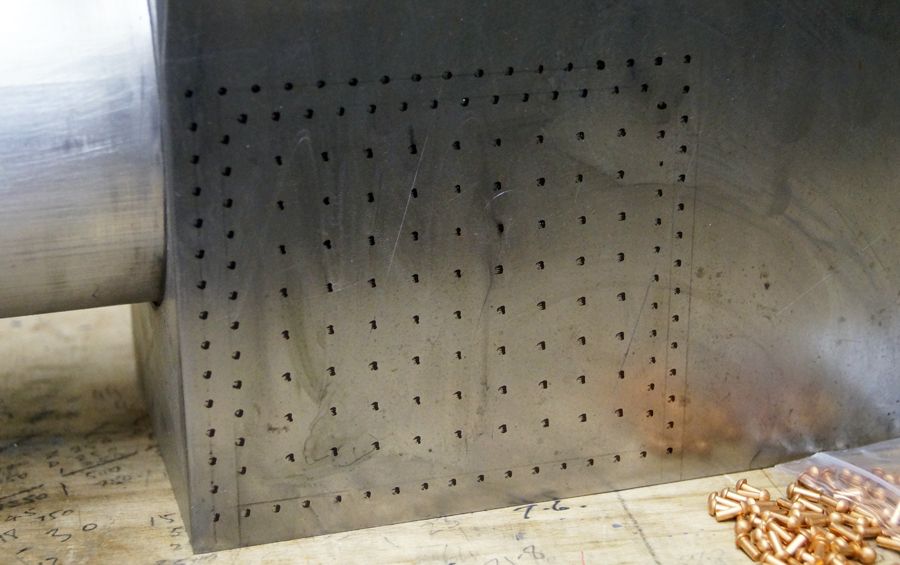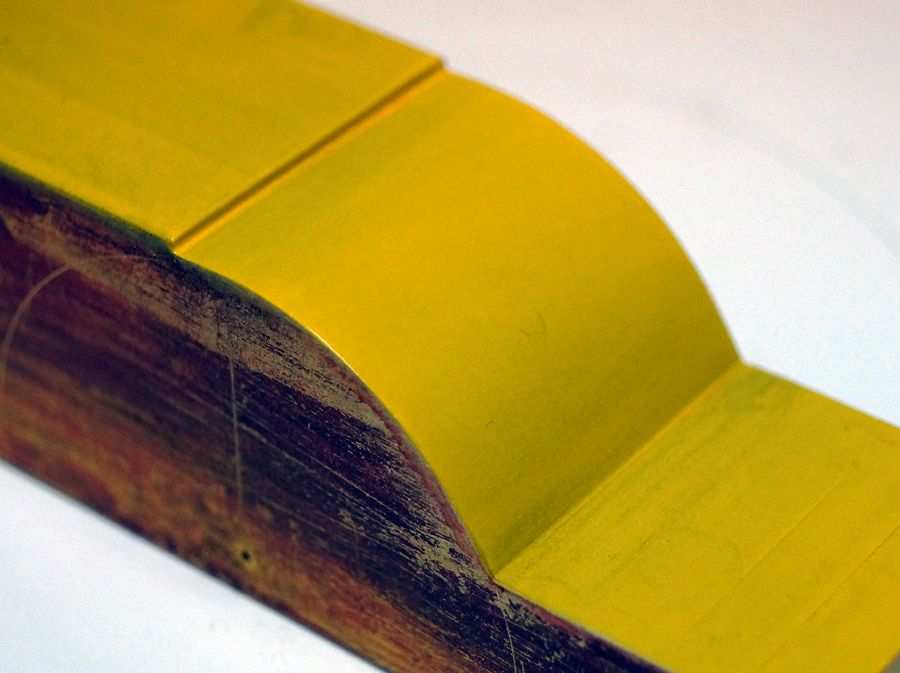Posted by Ron Laden on 25/09/2019 08:01:22:
Probably an obvious question but I had better check, to date I have only cut metric threads on the lathe but for the engine I am looking at some BA sizes. The inch table on the lathe for the change wheels/gearbox settings gives TPI which are close and I assume using those gives no fit issues..? i.e 2BA – 31.4 tpi – lathe 32. 4BA – 38.5 tpi – lathe 38.
My reaction:
- Replace BA with metric sizes unless there's a strong reason not to.
- It's faster, easier and more accurate to make small threads with taps and dies rather than a lathe. (Tracy Tools are your friend!)
- Yes you can approximate a BA pitch to the nearest metric or tpi the lathe can do, but how successful it is depends on the length of thread. For example, substituting 32tpi for 2BA the thread match will be out by 0.6 of a turn over a length of 1", which is too much. In practice a tightly dimensioned thread will jam much earlier, making the 32tpu bodge only good for a few turns of engagement. A slightly wrong pitch will also misplace the bearing surfaces and reduce the strength of the joint. Reducing the diameter of the tpi bolt would allow more turns to engage but the joint strength will be reduced even more. If strength matters approach pitch errors with caution.
I've assumed the tpi male is entering an existing BA female. If male and female are both cut by you at the same tpi, they will match correctly, but they aren't standard BA or Imperial threads. Again, that may not matter.
Depending on the change wheels available it may be possible to set up the banjo to get a close match. As I'm poo at sums I'll leave the maths needed to calculate the gear combinations needed to produce a wanted pitch to someone else!
Dave
Ron Laden.


